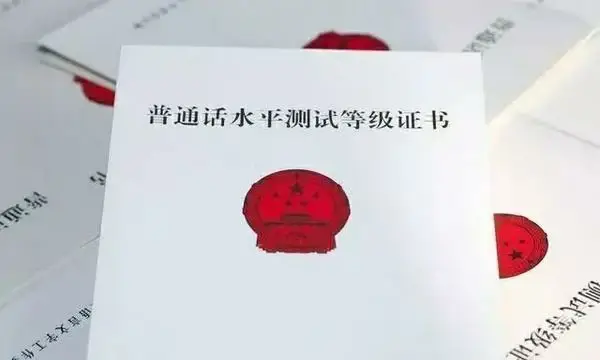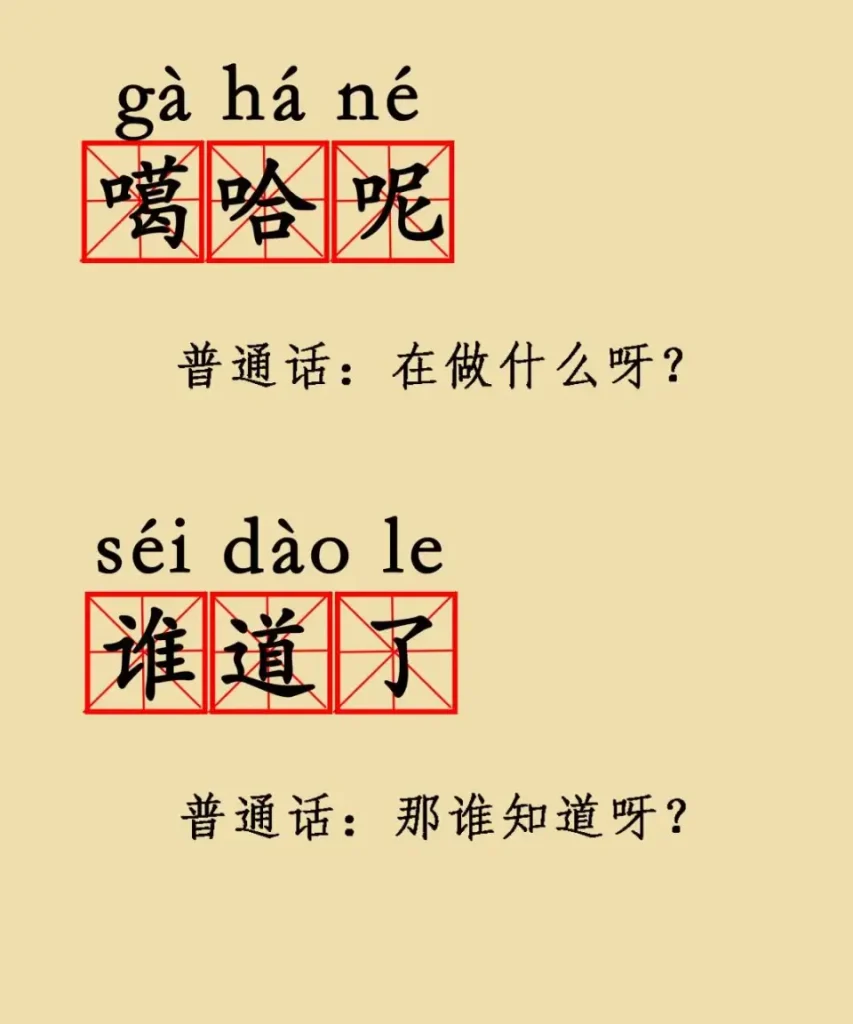In China, there is a kind of Standard Chinese Language Examination to help people master a kind of official Chinese Language skills, which is also called Mandarin Chinese. Mandarin Chinese, more accurately called or Putonghua (普通话), is the most spoken language in the world with over 1 billion speakers. It is an official language of China and one of the official languages of Singapore. Mandarin Chinese is also widely spoken by the Chinese diaspora around the world.
As the official language in China, Mandarin Chinese uses a tonal system, meaning the exact same syllables pronounced with different tones can have distinct meanings. Mastering the 4 main tones in Mandarin is essential for speaking correctly and being understood. Mandarin Chinese has a relatively simple phonetic system with only around 400 commonly used syllables. However, its writing system uses Chinese characters which are complex in form and meaning.
The Mandarin Chinese vocabulary contains a large number of characters adopted from Classical Chinese. Many words also have cognates in other Sinitic languages like Cantonese and Wu Chinese. Mandarin Chinese has a subject-verb-object grammatical structure, similar to English. However, function words like articles and tenses are often omitted. Word order and grammatical particles are used instead to indicate relations between words. Spoken Mandarin uses many colloquial phrases, contractions and shortened forms that differ from written Mandarin. There are also distinct regional accents within Mandarin Chinese.
To apply for Chinese-taught study programs in China, students need to take HSK (汉语水平考试), which mostly will test students’ Mandarin Chinese skills and levels to decide whether students can be capable of carrying out Chinese-taught course studies. Mastering Mandarin Chinese enables accessing knowledge rooted deeply in Chinese culture and history. It also opens opportunities for business, trade and education with China and other Mandarin speaking regions.
Besides, China has a diverse range of accents and dialects within Mandarin Chinese.
• Beijing Mandarin – The accent of the capital Beijing is considered the standard and most prestigious form of Mandarin. It is promoted as Putonghua (common language) and taught as the official dialect in China. Beijing Mandarin is characterized by an even tone and relatively slower pace of speech.
• Northeastern Mandarin – Spoken in Liaoning, Jilin and Heilongjiang provinces, this accent is characterized by contracted syllables, dropping of consonants and higher pitch. It is considered more “casual” sounding compared to Beijing Mandarin.
• Southwestern Mandarin – The accent of Sichuan province, known as “Sichuan dialect”, is very distinctive. It is notable for contracted and drawled syllables, frequent use of interrogative intonation and a relaxed pace of speech.
• Jiaoliao Mandarin – Spoken in the coastal provinces of Shandong, Jiangsu and parts of Hebei, this accent is close to standard Beijing Mandarin but with a rougher, nasal tone. Jiaoliao speakers tend to speak very quickly in everyday conversation.
• Lowland Mandarin – Spoken mainly in the lower Yangtze River region including Shanghai, Zhejiang and Jiangxi provinces, Lowland Mandarin sounds softer and sweeter compared to Beijing Mandarin. Syllables tend to be extended with a sing-song intonation.
• Cantonese Mandarin – This refers to the Mandarin accent of native Cantonese speakers from Guangdong and southern China. It is influenced by the tonality and some linguistic features of Cantonese. The accent sounds distinctively “foreign” compared to other Mandarin accents.
• Xiang Mandarin – The Xiang River Basin region spanning Hunan and parts of Guangxi, Hubei and Jiangxi provinces have their own distinct Mandarin accent which stresses the tone of the first syllable. Xiang Mandarin is influenced by the Xiang dialects of this region.
Mandarin Chinese is the official language of China with the largest number of native speakers. While it presents many difficulties for learners, successful mastery of Mandarin gives immense benefits in understanding Chinese civilization and connecting with the global community. With increasing Chinese influence worldwide, proficiency in Mandarin Chinese is becoming valuable and sought after, and Mandarin Chinese spoken in different parts of China exhibits diverse regional accents and styles of pronunciation influenced by their local dialects. While Beijing Mandarin serves as the standard, the variation in accents across the vast country enriches the expressiveness and flavor of China’s common tongue.











